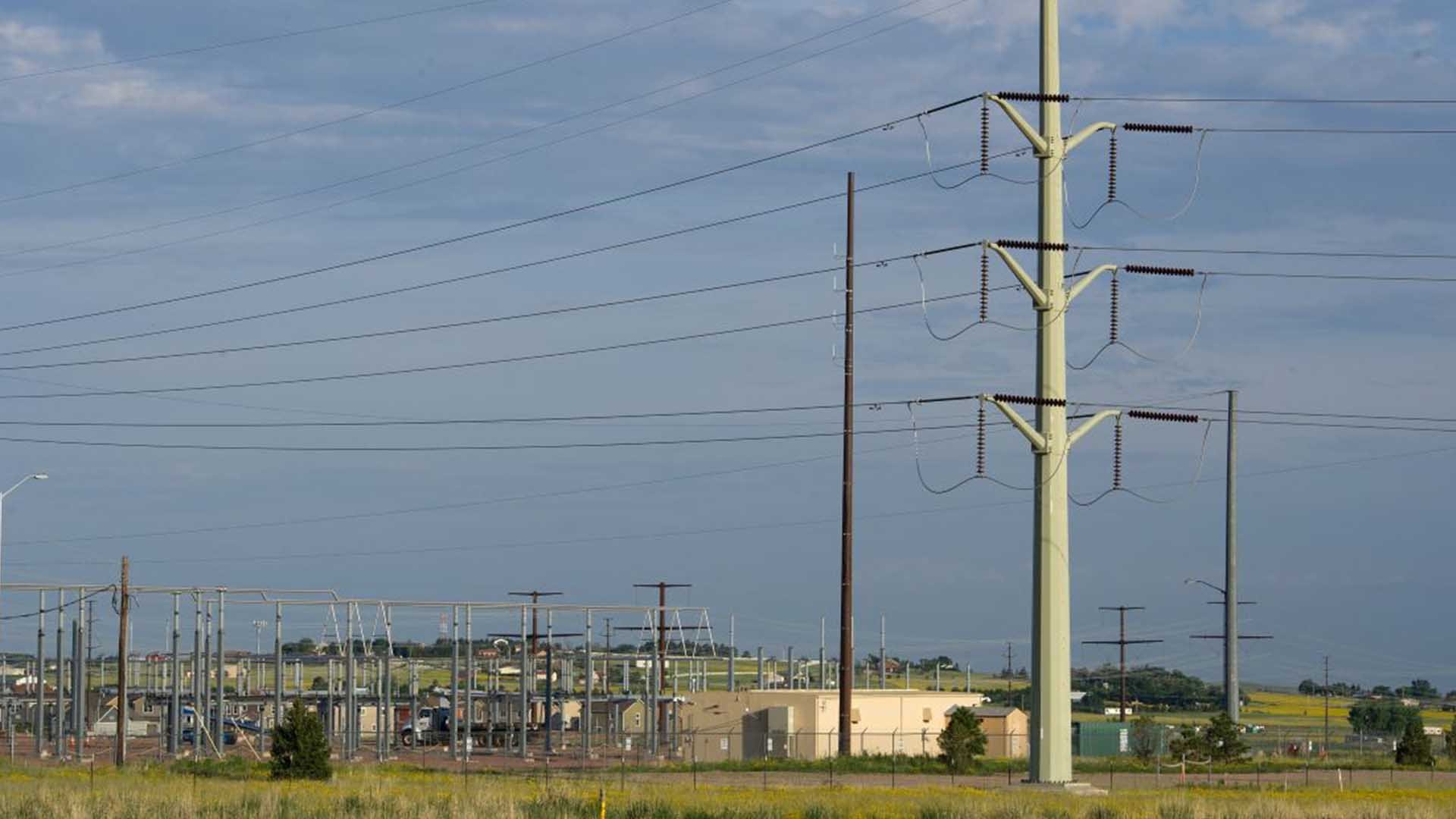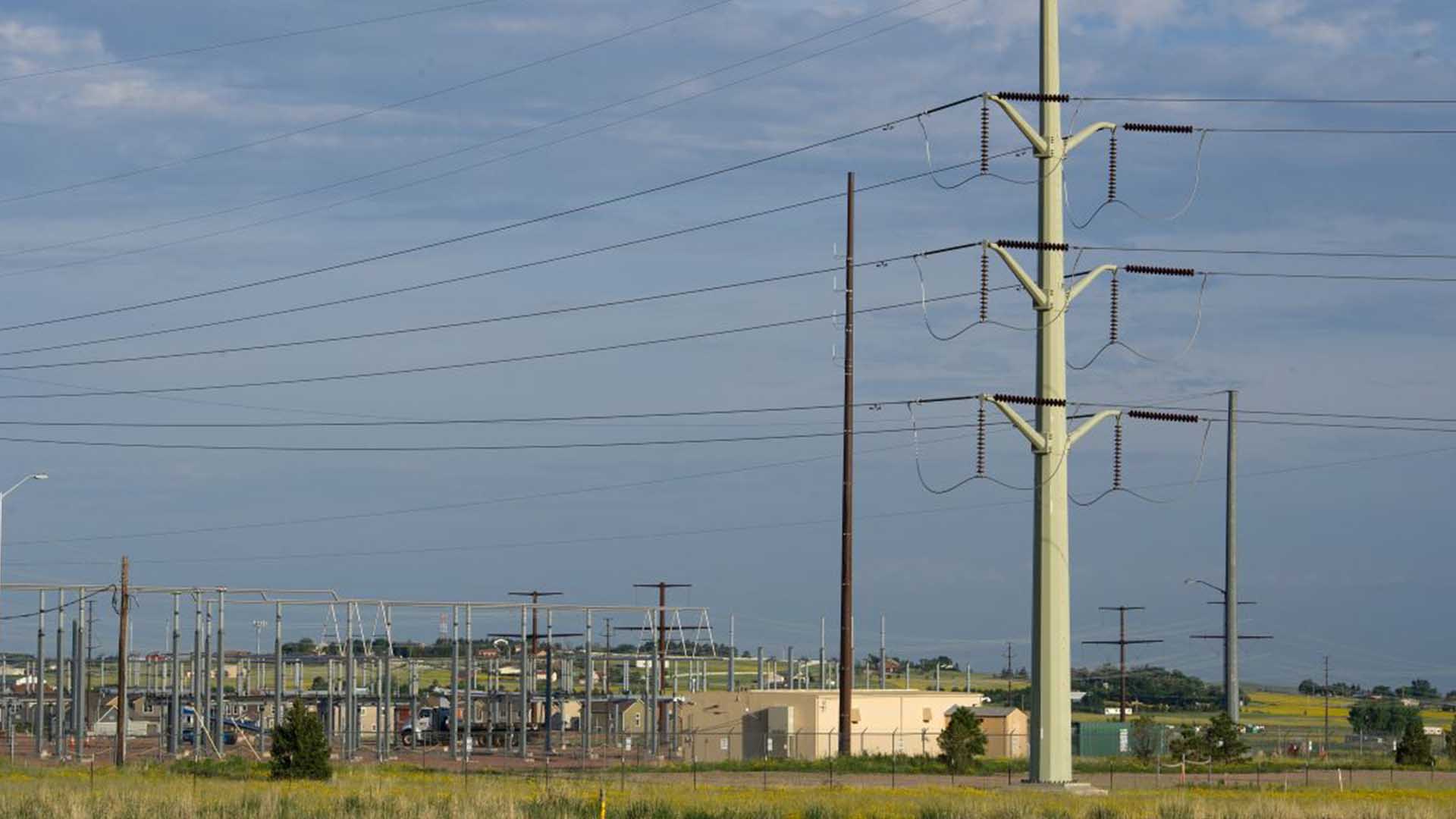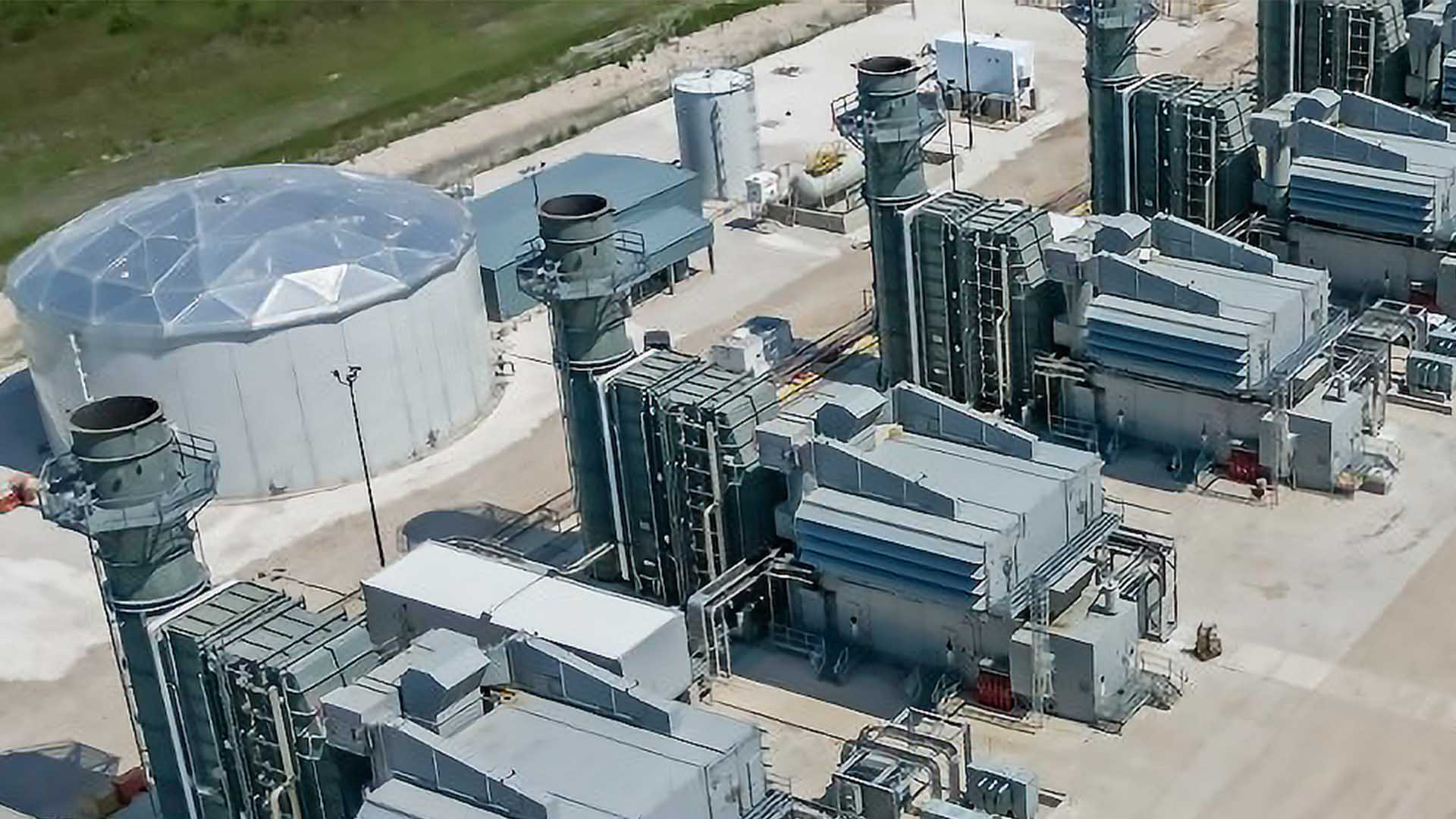
Tristan Gearhart
Chief Planning and Financial Officer
Duration: 1 minute
Published on April 9, 2025
Earlier this year, we announced plans to seek alternative paths to meet Colorado’s energy regulations as we face rising costs for renewable energy.
Our 2025 budget and five-year financial plan continue to support the needs of our energy future, despite changes in some of our strategies. While our electric plans have shifted, our commitment to the natural gas, water and wastewater service plans remain steadfast.
Seeking alternative paths means we must now shift our financial resources to other projects. We continue to work with state and federal policymakers to identify solutions for our energy future that will meet our reliability needs and protect customers from higher prices. Here’s a breakdown of what this means for our five-year financial plan.
How does this impact our five-year financial plan, and will customers see a reduction in base rates?
The five-year base rates and financial plan does not change related to energy capital investments. The power purchase agreements (PPA) for wind, solar and battery resources originally planned would have been largely funded through the quarterly electric and natural gas cost adjustments (ECA/GCA), rather than the base rates that were just passed.
Funds previously allocated for the PPAs will be shifted to accommodate projects that meet this need, for example:
-
We are pursuing an agreement to purchase solar energy and one battery energy storage system for projects anticipated to be online by 2028.
-
Projects tied to system improvements and upgrades remain on track.
-
Money earmarked for eastern transmission line projects will likely be transitioned to transmission line projects in other parts of the state.
-
Plans are proceeding to add 400 megawatts (MW) of additional natural gas-based generation at our Horizon Campus (near Colorado Springs Airport) by 2028.
Regulations were listed as a key driver of the five-year financial plan. Is this still the case?
Yes. We must continue to modernize our electric grid and resource mix to meet evolving state regulations and changing customer needs.
The statewide greenhouse gas reduction goals for energy providers call for an 80% reduction in emissions by 2030 and to have all the state’s power come from renewable sources by 2050. Utilities investments in transmission infrastructure are still needed to import power when economically feasible to our community. This would include the import of renewable resources that help reduce our overall greenhouse gas emissions.
We’re discussing alternative paths with state policymakers to meet the current emission reduction standards while maintaining reliability and protecting the interest of our customers. In addition, our five-year financial plan is developed to support all four services, all of which face various regulations. We remain committed to making sure our system meets these requirements.
How does this affect the 2025 or 2026 budget specifically?
The largest change will be where we spend our transmission resource budget. We still intend to spend these budgeted amounts, but the exact project and year during the next five-year window may change.
Will this have any negative impact on the organization's credit ratings?
Since we are still moving forward with the spend for capital related items in our five-year plan, we do not expect negative impacts from rating agencies. Changes related to renewable resources would have been paid through the fuel-related cost adjustments.
View our five-year financial plan for more background information, and view our current projects page to track our progress on energy projects and see your investments at work across our four services.







